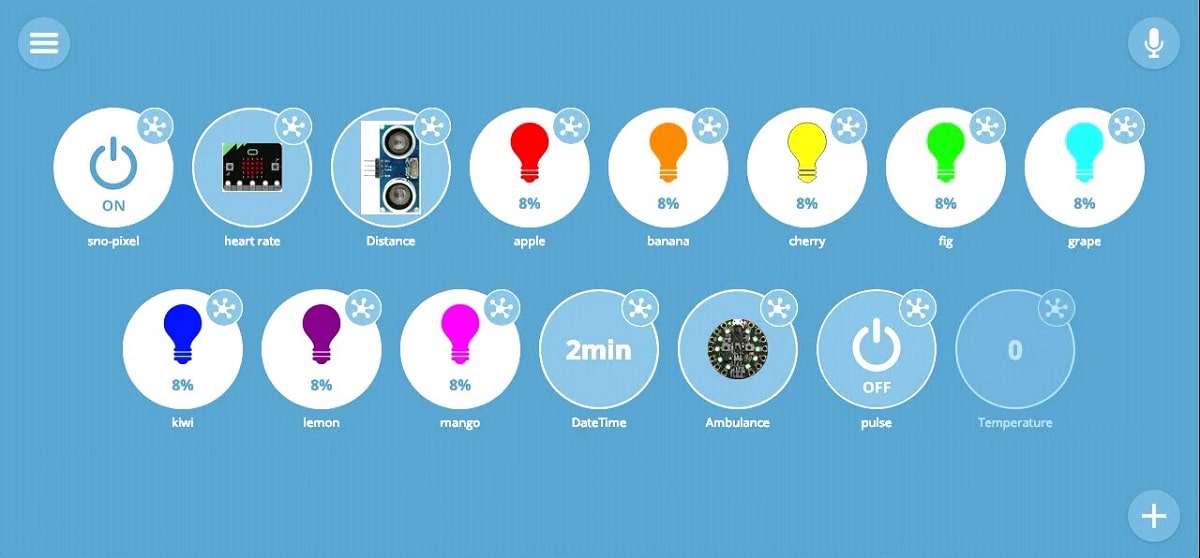
Recentlys Mozilla WebThings developers, a platform for IoT devices (a platform of which we have already spoken on more than one occasion and announced releases of new versions here on the blog), have announced their separation from Mozilla and have become a project open source Independent.
With the announcement of separation the platform has also been simply renamed to WebThings instead of Mozilla WebThings and is distributed via the new webthings.io site.
The reason for the action was to reduce Mozilla's direct investment in the project and transfer the work related with the community. The project will remain afloat, but will now be independent from Mozilla, will not be able to use Mozilla's infrastructure, and will lose the right to use Mozilla's trademarks.
These changes will not affect the job of the already deployed and locally managed home gateways based on WebThings, which are self-sufficient and not tied to external infrastructure or cloud services.
However, updates will now be distributed through a community-supported infrastructure instead of Mozilla, which requires a configuration change.
The service for organizing tunnels to home gateways using the subdomains * .mozilla-iot.org will continue to operate until December 31, 2020. Prior to the termination of the service, a replacement based on the webthings domain is planned to be operational. io, which will require a new registration.
As a reminder, the frame WebThings consists of the WebThings Gateway and the WebThings framework library.
The project code is written in JavaScript using the Node.js server platform and is distributed under the MPL 2.0 license. Building on OpenWrt, a ready-to-use distribution kit with built-in support for WebThings Gateway is being developed, providing a unified interface for setting up a smart home and wireless access point.
WebThings Gateway is a universal layer for organizing access to various categories of consumers and IoT devices, hiding the peculiarities of each platform and not requiring the use of specific applications from each manufacturer.
To interact with the gateway with IoT platforms, you can use the ZigBee and ZWave protocols, WiFi or direct connection via GPIO. The gateway can be installed on a Raspberry Pi board and get a smart home control system that combines all the IoT devices in the house and provides tools to monitor and control them through a web interface.
The platform also allows you to create additional web applications that can interact with devices through the Web Thing API. Therefore, instead of installing your own mobile application for each type of IoT device, you can use a single, unified web interface.
To install WebThings Gateway, all you have to do is download the supplied firmware to an SD card, open the host "gateway.local" in the browser, configure a connection to WiFi, ZigBee or ZWave, find existing IoT devices, configure parameters for external access and add the most popular devices to your home screen.
The gateway supports functions such as identifying devices on the local network, select a web address to connect to devices from the Internet, create accounts to access the gateway's web interface, connect devices that support the proprietary ZigBee and Z-Wave protocols to the gateway, remote activation and shutdown of devices from the web application, remote monitoring of the state of the home and video surveillance.
WebThings Framework provides a set of replaceable components to build IoT devices that can interact directly using the Web Things API. Such devices can be automatically discovered by WebThings Gateway-based gateways or client software (using mDNS) for subsequent monitoring and control via the Web. The server implementations for the Web Things API are prepared in the form of libraries in Python, Java, Rust, Arduino, and MicroPython.
Source: https://discourse.mozilla.org